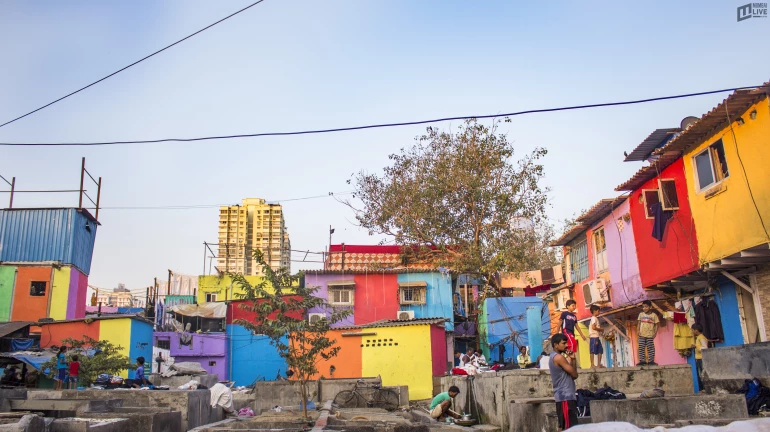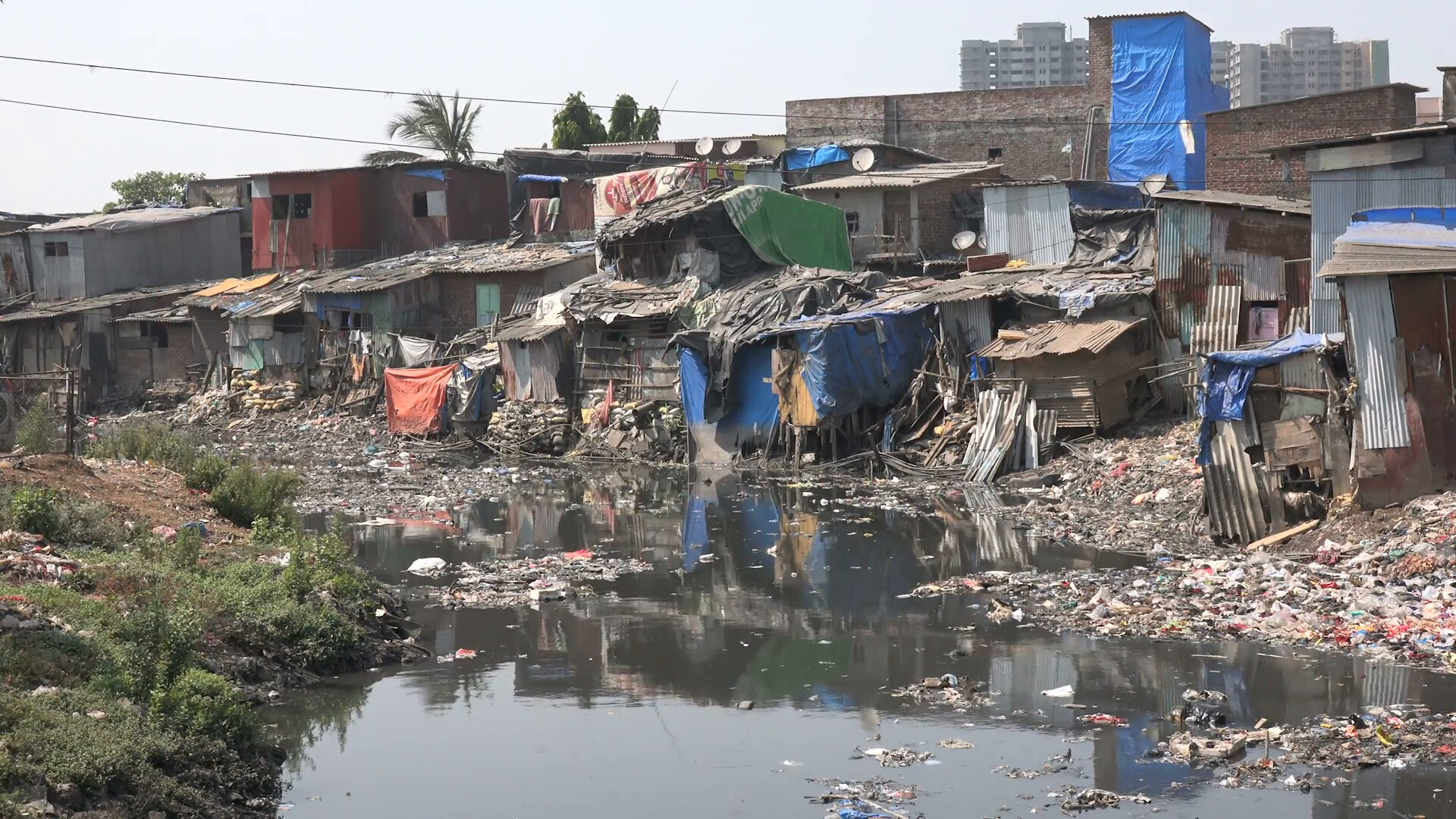
Viruses pose the single biggest threat to man’s continued dominance on this planet, said Joshua Lederberg, who was awarded the Nobel prize for medicine in 1958. This statement stands true as the world is currently witnessing one of the biggest catastrophic events ever, and the unfortunate part of this situation is the fact that we weren’t even prepared for it and neither are we now.
Yes, leaders across the world are taking necessary measures to control the situation, thorough various norms and guidelines. Despite this, the situation has been getting worse every day, especially for many countries in the west. India, on the other hand, seems to be doing fairly well, with PM Narendra Modi-led government taking precautionary steps to control the spread among the 1.3 billion people. The state government are following the rules set by the health ministry and handling the crisis.
However, for a city like Mumbai, containing the spread of coronavirus is rather challenging. While the local municipality along with the state government is trying to trace as many cases as possible, the fear of community spread in the city leads to exponential risk. More than one-third of the global slum population is in India and this situation is observed in many cities across the country, where, as per data, the average states that one out of every six resident of a city lives in slums. Mumbai's Dharavi, once known as one of the largest and widely spread slums in the world has more than 2.7 lakh people living per square kilometre.
Also Read: Coronavirus spreads to Mumbai slums; four patients from Ghatkopar, Kalina and Parel test positive
Keeping their difficult living conditions in mind, experts have always stated that the spread of this deadly virus will be way faster in slums than in other areas. Factors like overcrowding, social dependency, the possibility of human contact, sanitization, and several others, add more worries to the existing situation. While urban slums may have access to the medical facilities available for the general public, the controlled spread is rather the question posed in today’s scenario.
Let alone the current situation of coronavirus, several studies have otherwise raised many questions regarding the infrastructural problems, the slums in Mumbai, often face during several critical scenarios. Researchers and experts have often worried about the implications of such closely-knit communities, which point out the problems people tend to face especially during the spread of such diseases.
Mumbai Live spoke to some doctors to understand the difficulty one faces while maintaining social distancing in slums and what do doctors fear for a city like Mumbai. Addressing the same, a reputed ENT surgeon from Mumbai said, “The question is as complex as the situation itself. Social distancing is a term everyone is aware of, but not everyone knows what social distancing truly is. Some of us use it as a synonym for self-isolation, whilst some of us feel that we are being socially distant by meeting 5 friends instead of their regular 10. Everyone has a different idea, a different mindset. Densely populated areas like slums can be ticking time bombs. Due to the lack of space and large family sizes, the practice of social distancing here becomes almost impossible. However, if the entire complex/society decides to lock itself down and isolate itself from the outside world, they can successfully complete a mammoth task. It requires every individual’s dedication. If even one of these individuals breaks protocol, maybe even because he/she is an essential services worker, he/she is putting the entire community at risk by acting as a carrier or getting infected. Whilst slums have less than 2 square meters for a person, which makes social distancing close to impossible, the community as a whole must ensure hygiene and sanitise in entirety to reduce chances as much as possible.”

Mumbai-based Anaesthetist, Dr Bindu Shah, said, "Theoretically, it’s very simple to say social distancing but practically very difficult especially in slums as many people live in small houses or huts. Good that it’s summer now, so someone can sleep out if they thinking of distancing as even if one person sick is in a house and/or lives with a child, then one can’t imagine the consequences."
In the unforeseen circumstances, even the thought of a community spread, at such level, is scary, as the disastrous situation would bring additional challenges for the government and medical professionals. The only precautionary measure one needs to take here is to understand the importance of physical distancing, however, for this scenario in slums is definitely a concern for several reasons.
Dr Tushar Rane, a Cardio-Diabetes Physician from Apollo Spectra Hospital, added, "Slums due to inadequate sanitation & space constraints, are a threat for the spread of coronavirus. At present they are a low priority area as the BMC is targeting people with a Travel history. Regular spraying and cleaning with Sodium hypochlorite and proper sanitation is the need of the hour. The public, to some extent especially in the area near the slums, is not following the precautionary measures as they are not serious about the novel coronavirus and the consequences thereof. People still gather at places causing inconvenience for the Police to manage the situation."
One of the important points that are hampering the civic-bodies to carry their work smoothy is that people are being negligence and ignorance. Despite being aware of the consequences COVID-19 may lead to, people in many different slums and dwellings across Mumbai, have taken the situation lightly. A resident of Govandi-based slum in a recent interview said that the lockdown imposed by the government is not effective in his area as people have been socialising in groups and despite police warnings, they haven’t paid heed to the announcements made to stay indoors.
Talking about the problems, doctors and healthcare providers face, Dr Pritam Pathare from Mumbai’s Siddhivinayak Healthcare Hospital said, “Ideal Home quarantine is a difficult proposition even for the middle and upper-middle class in Mumbai. Separate bedrooms and toilets are the luxuries few can have. Plus, the spread through the commonly touched objects like a doorknob cannot be ruled out. Thus, any suspected case can’t be told to be at home for isolation in the majority of houses in Mumbai leave aside thickly populated overcrowded slums. A major fear is the callousness of citizens as they might not have any symptoms and still harbour the virus and will be roaming around the city and visit crowded places like the market etc. (Asymptomatic carriers are a worry for the city and country at large). More than 90 lacs people use train services are other major concern for this city, and hence the decision for total lockdown. This virus gives mild symptoms which last for 14 days and the symptoms are as common and overlapping with common flu difficult to judge clinically for a doctor in the city who sees such hundreds of patients daily. Test facilities are available at minimum places and for the fear of hospital, quarantine people are reluctant to go for it. Our city has to come to a total standstill except for essential services or else we will keep this virus alive for longer by offering them many human bodies as hosts.”

Pointing out the issue, a local MLA said that necessary measures were being taken where announcements were constantly made and everything is being done, however, the difficulty of asking people to stay in their homes remains the same, as many who live in such areas has large families and small houses.
Dr Vikrant Shah, consulting physician, intensivist and infection disease specialist, Zen Multispecialty Hospital, raised concerns about the feasibility of basic sanitization, and said, “Generally, people living in slums are workers who need their daily wages to sustain their families and to afford food and nutrition. They work in crowded markets and travel by public transport. It is extremely difficult for them to adopt the social distancing approach. If we advise them to remain in isolation from travel and work, we have a moral responsibility to ensure that you are looking after their immediate survival needs. Also, we speak about the use of hand sanitizer and frequent handwashing with soap and water, how feasible it is knowing their status? Knowing the dense population in Mumbai and knowing that tests were not easily available till yesterday, real numbers are yet to surface up and coping with expected large no cases Would be a challenge considering the availability of limited resources to tackle positive cases. We are also worried about mass spread in the community. Hence to flattened the curve, lockdown is the only solution.”
Keeping these suggestions in mind, some immediate measures need to be taken to ensure the spread is contained. Firstly, officials now need to test as many people and houses as possible in the slums, emphasizing more on the community spread. Gone are days where we stop talking about such cases keeping the panic in mind, and it is high time, we avoid panic and focus on making people alert about the number of cases and the implications of spreading. Mandatory testing for coronavirus across all the slums in the city could help in improving the situation related to quarantining asymptomatic and symptomatic bearers. Local corporators and officials should also work on improving some sanitization facilities for the slum dwellers by talking about cleanliness, crowding and offering clean water.





